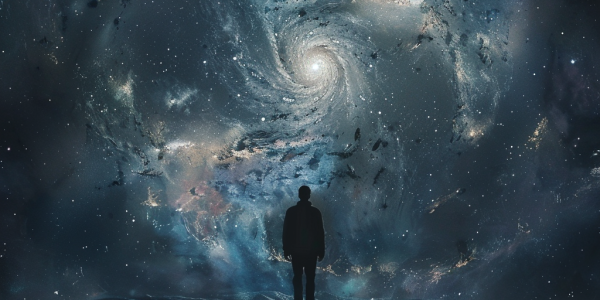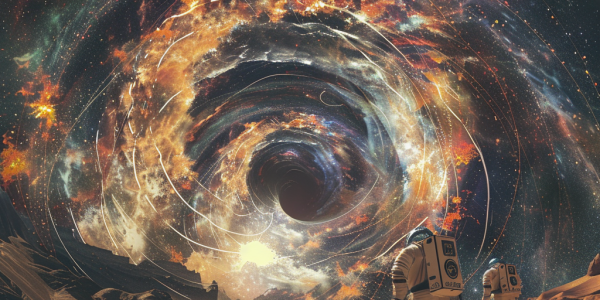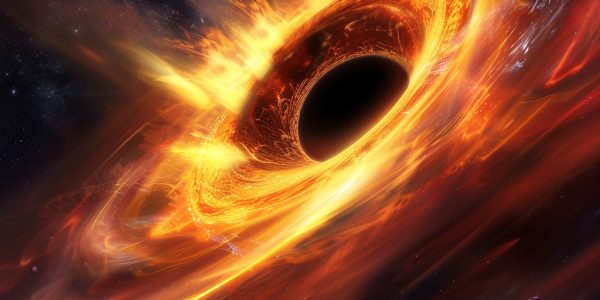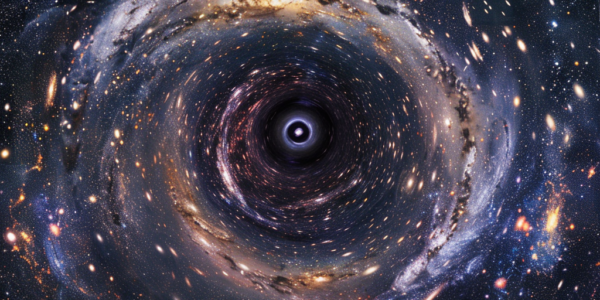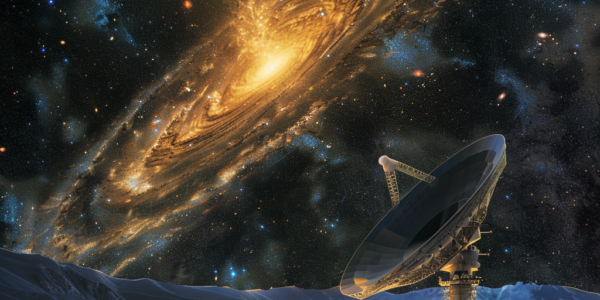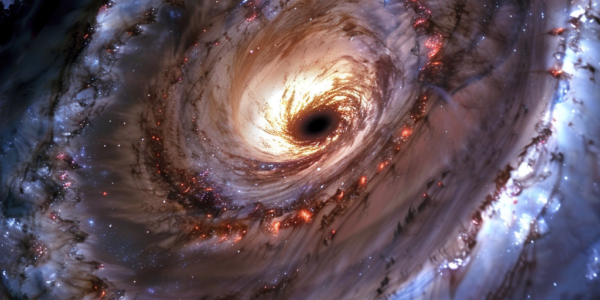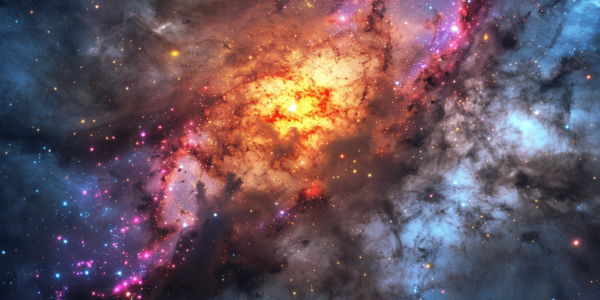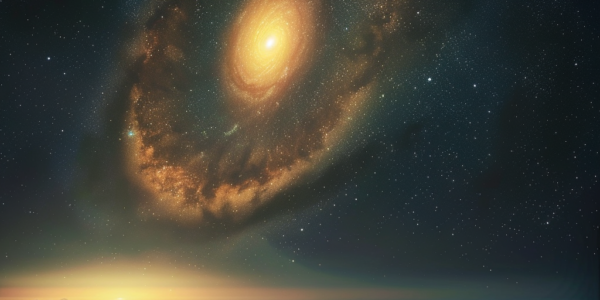Unraveling the Mystery of Dark Matter: New Insights from MIT Study
Scientists have been on a quest to unravel the mystery of dark matter, the enigmatic and invisible substance that makes up the majority of the universe’s mass. Despite stars, planets, and cosmic dust being observable, they do not suffice to elucidate the universe’s workings, leaving scientists to infer the existence of dark matter, a substance that remains elusive and does not interact with light. A recent study conducted by researchers from the Massachusetts Institute of Technology has reignited interest in the theory by shedding light on the composition of primordial black holes and potentially identifying a new category of exotic black holes, sparking excitement within the scientific community.
Recent Discoveries in Astronomy, Archaeology, and Space Exploration
Groundbreaking astronomy effort measures spin of supermassive black hole, marines test ancient armor in combat simulations, SpaceX engine test ends in fireball, potential link found between stomach paralysis and medication Ozempic, captivating Milky Way photography slideshow, NASA plans railway on Moon for space exploration.
Nasa Unveils Mind-Bending Black Hole Simulation Video
Nasa unveils a mind-bending video created using a supercomputer, showcasing the experience of falling into a supermassive black hole. The simulation explores the universe’s appearance as one ventures into the depths of the black hole, providing a deeper understanding of these enigmatic cosmic phenomena.
Colossal Black Hole Discovered Near Dawn of Time
Scientists have made a groundbreaking discovery by finding a colossal black hole near the dawn of time, residing in one of the earliest galaxies in the universe. The supermassive black hole, located at the core of GN-z11, sheds light on the early formation of these cosmic giants. Recent observations suggest that supermassive black holes may have their origins in the dense cores of starburst galaxies, but the exact mechanisms remain a mystery.
Massive Water Reservoir Discovered Surrounding Black Hole 12 Billion Light-Years Away
Scientists have discovered a massive water reservoir surrounding a black hole 12 billion light-years away, containing 140 trillion times more water than Earth’s oceans. This groundbreaking find highlights the pervasiveness of water in the universe and provides valuable insights into the spectral signatures of water.
Event Horizon Telescope Aims to Capture First-Ever Black Hole Movie
The Event Horizon Telescope captured the first-ever image of a black hole five years ago, and now astronomers are attempting to create the first-ever movie of a black hole. More than 400 scientists are collaborating on this project, aiming to make the video by 2026. The appearance of black hole M87* changes over time, and EHT is working on capturing these changes to create a moving picture.
Breakthrough Experiment Creates Quantum Tornado in Superfluid Helium, Offers New Insights into Black Holes
University of Nottingham physicists have created a quantum tornado in superfluid helium, offering new insights into black hole behavior. The experiment provides unprecedented precision in studying the gravitational environment of black holes and represents a significant step forward in astrophysics.
Astronomers Make Groundbreaking Discovery Regarding Supermassive Black Hole at Center of Milky Way Galaxy
Astronomers from the Event Horizon Telescope (EHT) collaboration and the Center for Astrophysics | Harvard & Smithsonian have captured a new image of the supermassive black hole Sagittarius A* (Sgr A*) in polarized light, revealing strong and organized magnetic fields spiraling from the edge of the black hole. This groundbreaking discovery sheds light on the nature of supermassive black holes and their magnetic fields, hinting at potential similarities and differences between these enigmatic cosmic entities.
James Webb Space Telescope Discovers Little Red Dots in Early Universe
The James Webb Space Telescope (JWST) has made significant discoveries in its first year, including capturing sharp views of celestial structures and obtaining transmission spectra from exoplanet atmospheres. Unexpected little red dots observed in a specific region of the night sky are believed to be galactic nuclei containing precursors of Supermassive Black Holes (SMBHs) that existed during the early Universe. This discovery could revolutionize our understanding of the formation of the first SMBHs in the Universe.
Astronomers Discover Brightest and Most Voracious Black Hole Ever Detected
The discovery of the brightest and most voracious black hole ever detected, known as J0529-4351, has left astronomers in awe. This remarkable finding was confirmed through observations by the Very Large Telescope in Chile. Scientists revealed that the black hole devours the mass equivalent to one Sun every day, highlighting its insatiable appetite. J0529-4351, although recorded in data many years ago, has only recently been recognized for its true glory. Quasars like J0529-4351 are the energetic cores of galaxies powered by immense black holes, known as Active Galactic Nuclei (AGN). The quasar’s emission, which took 12 billion years to reach the detectors at the VLT, is over 500 trillion times more luminous than the Sun, making it an astonishing discovery in the field of astronomy.

